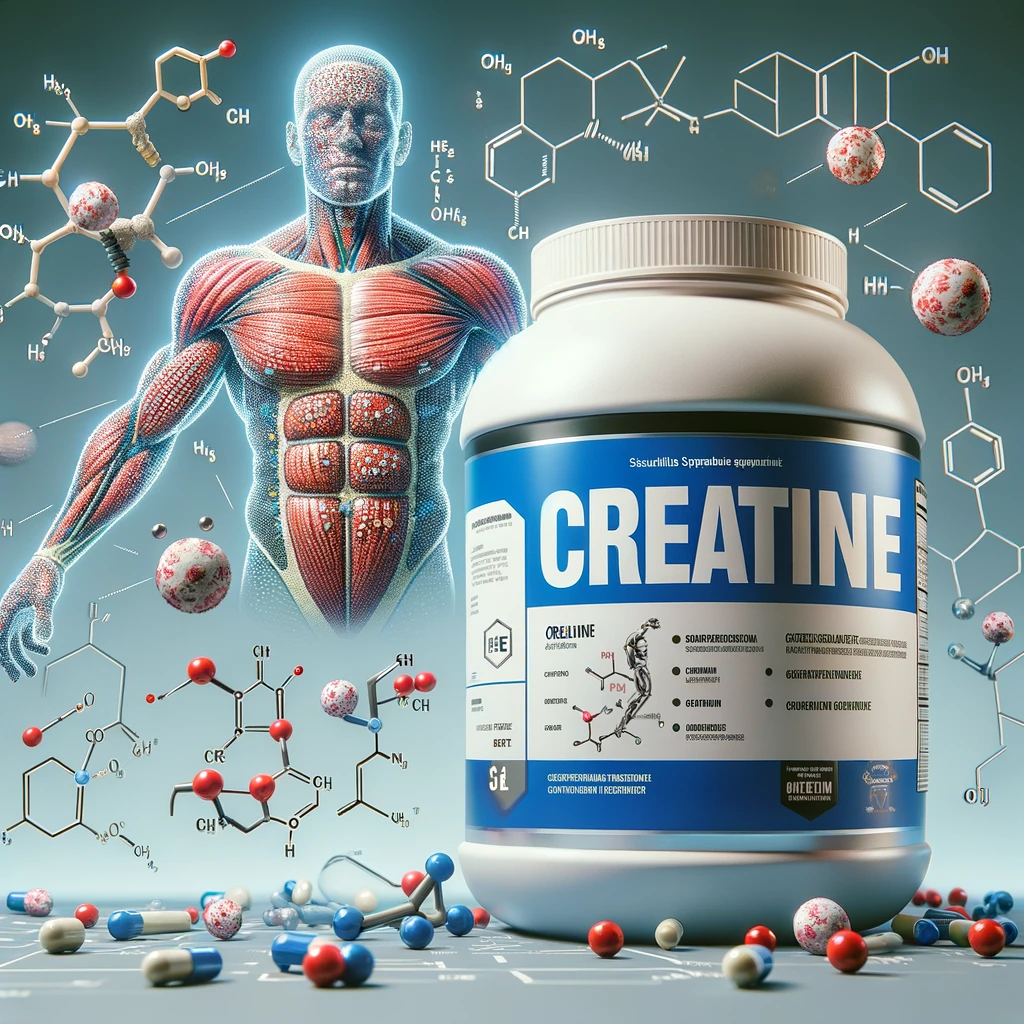The Power of Rest: Why Strategic Recovery is Essential for Peak Performance and Well-Being
In a culture that glorifies hustle and constant productivity, rest is often misunderstood as laziness or weakness. But nothing could be further from the truth. Whether you’re pushing limits in the gym, managing a busy work schedule, or simply trying to stay healthy and focused, rest isn’t optional, it’s essential.
Let’s break down how incorporating intentional rest into your routine, daily, weekly, and even during workouts, can improve your performance, prevent burnout, and keep you energized for the long haul.
🛏 1. Rest Days: Your Body’s Rebuild Time
Rest days are just as important as training days. When you exercise, especially with intensity, you’re breaking down muscle fibers. It’s during rest that your body repairs and rebuilds those muscles stronger than before.
Skipping rest days can lead to:
- Overtraining syndrome (chronic fatigue, irritability, sleep issues)
- Injury risks (strained muscles, joint pain, stress fractures)
- Plateauing (decreased performance despite increased effort)
Instead of seeing rest days as lost progress, view them as investment days. They’re the silent force behind every gain you make. Schedule at least one to two full rest days per week, depending on your training intensity.
☀️ 2. Daily Rest: Micro-Recovery and Mental Recharge
Rest doesn’t just mean sleep (though quality sleep is non-negotiable). It also means pausing intentionally throughout the day to let your mind and body breathe.
Quality daily rest can look like:
- Power naps (10–20 minutes can restore alertness)
- Mindful breaks (walking, stretching, or simply being still)
- Unplugged time (no screens, just quiet or nature)
These moments of pause improve cognitive function, emotional regulation and energy levels. They’re particularly important if you’re constantly making decisions, solving problems, or interacting with others.
🧠 Your brain needs rest to think clearly. Creativity, focus, and decision-making all benefit from space and silence.
🏋️ 3. Rest Between Sets: Optimize Gains, Not Just Burn Calories
Rest during a workout might seem counterproductive to those chasing intensity, but it’s crucial for maximizing performance.
How long you rest between sets should match your goals:
- Strength (1–5 reps): 2–5 minutes rest to fully recover ATP and lift heavy again
- Hypertrophy (6–12 reps): 30–90 seconds to maintain muscle fatigue while allowing enough recovery
- Endurance (12+ reps): 30 seconds or less to keep the heart rate elevated
Without adequate rest between sets, your muscles won’t perform optimally in the next round. This could lead to poor form, diminished output and increased injury risk.
Remember: Resting doesn’t mean stopping, it means preparing.
🔄 Rest is Cyclical, Not Sporadic
Think of rest as part of a rhythm: inhale, exhale. Action, recovery. Effort, renewal. It’s not something to squeeze in when you’re exhausted. It’s something to plan for before you get there.
✅ Action Steps to Integrate Rest:
- Add planned rest days to your workout calendar.
- Schedule short breaks throughout your workday, ideally every 90 minutes.
- Don’t rush between sets at the gym; time your rests for intentional recovery.
- Prioritize sleep: 7–9 hours per night for most adults.
Final Thought
Rest is not the enemy of progress: it’s the partner! The most elite athletes, productive professionals and healthiest people all have one thing in common: they take rest seriously.
By honoring your body and mind’s need for recovery, you’ll not only perform better, you’ll feel better too.







